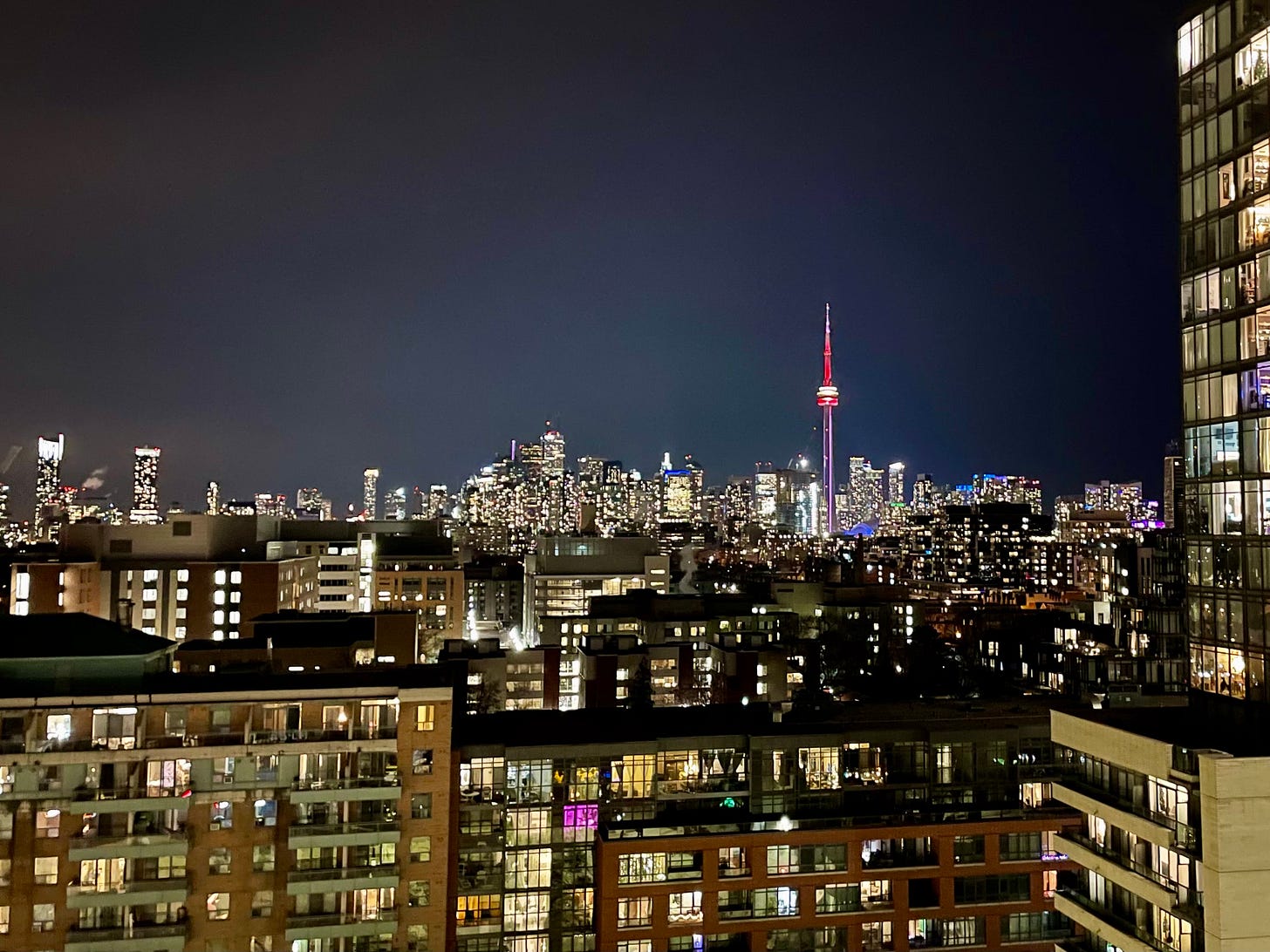re:Build (17/01/21)
Letters from Lockdown
Hi everyone!
It's been a while but I’m picking up the newsletter again. I’m hoping to send out two emails a month with a continued focus on housing, development and construction, and cities.
A mid-month email with an update on my experience developing and building attainable housing plus a few interesting links or ideas I’ve been exploring. A second month end email will summarize a longer piece of writing that I’ll post on my website.
Thanks for your support here and if you enjoy what you read, share it with someone!
Why I’ll Pay to Remodel Your Kitchen: Developers know they need to manage risk. But for every successful developer, there’s a handful who lost their shirt in a downturn. Growth in development hinges on, among other things, the ability to endure a cyclical market. The pandemic has taught me just how difficult that can be.
Pre-selling units in a new housing project is a simple example of this type of risk management. Presales provide security but the challenge is to balance the tension between stability and agility.
A one year construction runway of presales is pretty common for lowrise. Home deposits provide upfront cash, cash flow becomes more predictable, and financing is easier. This security is traded off against the ability to respond to unexpected cost increases of which 2020 brought a few.
Who predicted that the kitchen you remodelled this summer would add $15,000 to the cost of building a new home? Not many builders. A pandemic induced appetite for homeowner renos, along with a few beetles, drove lumber prices up 50% in one month with prices nearly doubling by fall. By locking in a year’s worth of prices through presales, the developer can’t absorb the cost increase by raising prices. Instead, it comes out of the developer’s profit margin - a lesson I’ve learned the hard way.
Last year had bright moments too. I began 2020 managing the development of 260 homes or about $90mm in project value. This has grown to around 1,100 homes or $385mm today. It can be hard to celebrate wins in a small organization when there’s always another fire to put out. So I try to recognize progress made towards a goal of delivering as much attainable housing as I can. With a bit of luck, the best is yet to come.
The Surprising Math of Cities: Physicist Geoffrey West has found that simple, mathematical laws govern the properties of cities. West explains how doubling the size of a city results in a 15% increase in wages, wealth, flu cases, and number of police. Any socio-economic characteristic you can think of increases by 15% and you also find 15% savings on the infrastructure. The 15 percent rule turns out to be true anywhere in world. This is because we, as people, are the most important network of cities. Cities are a physical manifestation of our interactions and the clustering of individuals.
Unfortunately, the same mathematics that govern the spread of ideas and the growth of cities also govern the spread of diseases like COVID-19. Both spread through human interaction. New ways of living have been made possible by digital tools in response to lockdown and yet innovation, creativity, and economic growth require the clustering of talent and economic assets that cities will continue to provide.
da Vinci's Ideal City: Responding to pandemics by altering urban environments is nothing new. In the early 1480s, Milan was devastated by three years of the bubonic plague killing close to 1/3 of its people. In his biography of Leonardo da Vinci, Walter Isaacson reveals how da Vinci viewed creativity through a scientific lens making him history’s most creative genius. There is no better example of this than his plans for a utopian city.
Realizing that the plague was spread by over crowding and unsanitary conditions, he proposed relocating the population of Milan to ten new towns to be built from scratch along the Ticino river. This would, “disperse its great congregation of people which are packed like goats one behind the other, filling every place with fetid smells and sowing seeds of pestilence and death." da Vinci wrote.
He envisioned the city to have two levels: an upper level designed for pedestrian life, and a level hidden below for canals, commerce, sanitation, and sewage. His design of taller buildings and underground infrastructure is familiar to us from today’s high-rise buildings, but was totally unconventional at the time.
New Year, New View: I kicked off the new year by moving to a new apartment in Toronto’s Queen West area. It’s become apparent that I don’t spend nearly enough money on shoes or sunglasses to fit in, but the view is undeniable.
Thanks for reading!
Until next time,


